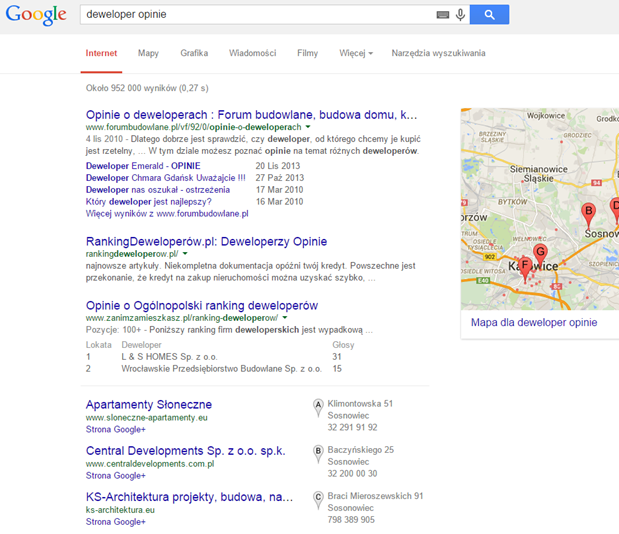
Meaning CO detectors should be placed at least 5 feet from the floor, or on the ceiling. All CO detectors have "test" buttons like smoke detectors but the Test Button on a CO alarm only tests the battery, electronic circuit and buzzer, not the alarm’s ability to sense gas.Īlthough it is thought that CO is denser than air, CO is actually barely lighter than air. Battery lifetimes have been increasing as the technology has developed and certain battery-powered devices now advertise a battery lifetime of up to 10 years. The devices, which retail for $15–$60 USD and are widely available, can either be battery-operated or AC powered (with or without a battery backup). In the home, some common sources of CO include open flames, space heaters, water heaters, blocked chimneys or running a car or grill inside a garage. While CO detectors do not serve as smoke detectors and vice versa, combined smoke/CO detectors are also sold. Some system-connected detectors also alert a monitoring service that can dispatch emergency services if necessary. ĬO detectors are designed to measure CO levels over time and sound an alarm before dangerous levels of CO accumulate in an environment, giving people adequate warning to safely ventilate the area or evacuate. Smaller concentrations can be harmful over longer periods of time while increasing concentrations require diminishing exposure times to be harmful. Elevated levels of CO can be dangerous to humans depending on the amount present and length of exposure.

In a study by Underwriters Laboratories, "Sixty percent of Americans could not identify any potential signs of a CO leak in the home".

It is often referred to as the "silent killer" because it is virtually undetectable by humans. This applies to all CO safety alarms that meet UL 2034 standard however for passive indicators and system devices that meet UL 2075, UL refers to these as carbon monoxide detectors.ĬO is a colorless, tasteless and odorless gas produced by incomplete combustion of carbon-containing materials. In the late 1990s Underwriters Laboratories changed the definition of a single station CO detector with a sound device to carbon monoxide (CO) alarm. A carbon monoxide detector or CO detector is a device that detects the presence of the carbon monoxide (CO) gas to prevent carbon monoxide poisoning.


 0 kommentar(er)
0 kommentar(er)
